
Eczema is a general term used for describing skin conditions like dermatitis, the inflammation of the skin. Even though dermatitis can affect numerous parts of one's body, some specific types of it may focus solely on hands and feet. This type is called acute pompholyx eczema.
Facts about Acute Pompholyx Eczema
Other names for this condition are dyshidrotic eczema or vesicular hand eczema. Also, when it affects the hands, the name is cheiropompholyx and when it appears on the feet, it is called pedopompholyx.
This condition initially manifests through tiny vesicles appearing on the hands and feet. In time, the condition escalates and vesicles burst, releasing discharge and forming erosions. Sometimes, crusts can be formed too.
This type of dermatitis may affect the nails as well, causing dystrophy, leading to various anomalies. Additionally, if chronic eczema appears on the hands and feet, it is characterized by scaling and keratinization, creating fissures which can produce significant amount of pain and discomfort. This type of eczema is commonly dry.
Reasons behind Dermatitis on Hands and Feet
Most commonly, this type of dermatitis is caused by exposure to harsh chemicals found in cosmetic products. Alternatively, food, oil and grease may lead to the same effect. At first, the dorsal parts of the hand and feet are affected by this dermatitis. Later, the inflammation may spread to palms and soles.
When this eczema appears due to exposure to certain substances, the outburst should take place solely on the contact spot.
Pompholyx eczema is usually present in places with warmer temperatures. However, there are variants of dermatitis which are triggered by some unknown factors. Such eczema is called endogenous eczema.
Treatment for Eczema on Hands and Feet
First of all, if a certain product or material is causing dermatitis, you need to cease exposing your body to it. Otherwise, the inflammation will only get worse. Some people may even need to consider changing their jobs in order to end the contact between their skin and the harmful oils and other materials.
As for treatment of the erosions, soaking them in potassium permanganate for 4 hours is known to help. When you purchase potassium crystals and place them in the basin, adequate doses will result in a pink colored product. However, once the dosage is too strong, the mixture will turn brown.
Furthermore, steroid creams applied twice a day can prove to be quite beneficial, along with tacrolimus or salicylic acid ointment.
Yet, before you take any steps of treatment, consult your doctor.


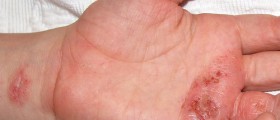






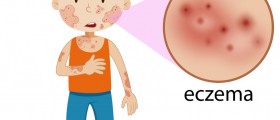
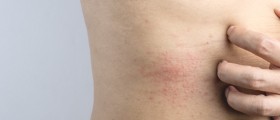


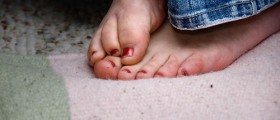
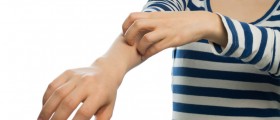


Your thoughts on this
Loading...